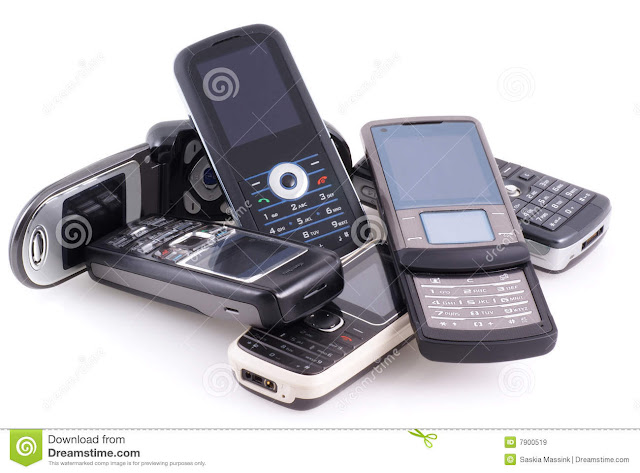Telephone Telephone transmitter and receiver with a main switchboard connecting a number of subscribers using electronic circuits installed in main dividers fed by a current
The telephone is a telephone transmitter or receiver connected to a main switchboard that connects a number of subscribers using electronic circuits installed in main dividers fed by a 48-volt stream. These circuits generate what are known as telephone lines programmed with numbers that distinguish subscribers and enable them to communicate with each other through Generate the dial tone that each subscriber hears when the handset is switched on.
The part of the phone held by the person for a call is called the headset or headset kit. This device has a piece of the ear and a piece of the mouth. Before making the call, the person listens to the earpiece for the input tone, indicating that the line is ready to service and make the call. The speaker then enters the phone number of the phone you want to call. The telephone network uses these numbers to establish communication between the two phones. When the caller talks in the mouthpiece, the phone changes the person's sound waves into an electric current. The telephone network uses various devices to generate an almost identical version of the current in the phone of the person being spoken to. This phone turns the current into sound waves very similar to the sound waves of the person who called for the call.
When someone telephons, private wires are connected between our telephone and the telephone, either automatically (automatic) or by a specialist in the center or center of the phone. Even if we start talking to those who spoke, our words caused vibrations in the air, and these vibrations in turn caused vibrations in a thin disc in the earphone filled with fine carbon beads. This resulted in a change in the electrical current in the wires, which strengthens the environment and weakens the time depending on the words we use and the way that We utter those words. But strengthens the current when carbon beads squeeze each other and weaken when they diverge a lot or a little. This is what happens to the transmitter. But what happens in the receiver? The changes made by our words in the electrical current flowing into the wires make the metal disk in the receiver vibrate in the same way, creating sound waves that are exactly like ours. Thus the telephone call is made
.























Post a Comment